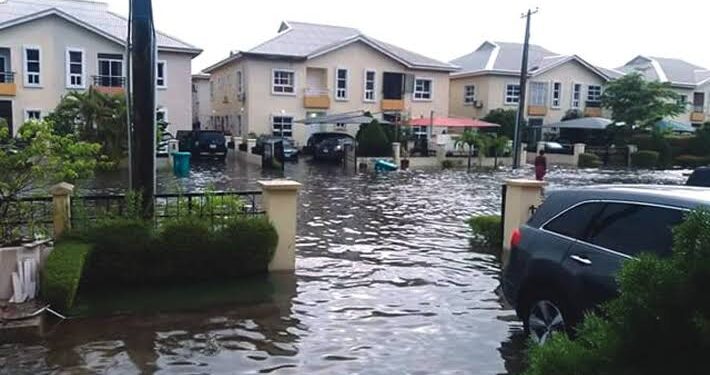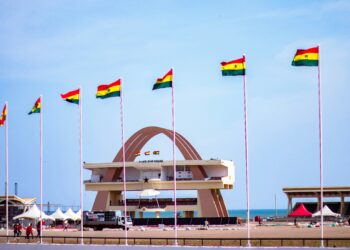The Nigeria Hydrological Services Agency (NIHSA) has warned that major flooding along the River Niger from the Niger Republic and Mali may have a negative impact on sections of Nigeria beginning on Saturday, August 24.
Architect Umar Ibrahim Mohammed, Director-General of NIHSA, issued a ‘Flood Warning Alert’ warning that major flooding could strike Kebbi and other states, as well as other Nigerian communities.
The Nigeria Hydrological Services Agency (NIHSA) hereby brings to the general public’s attention the rising water levels of the River Niger system as of August 24, 2024; this is owing, among other things, to a report from the Niger Basin Authority (NBA) in Niamey, Niger Republic.

The situation in Niamey is influenced by upstream activity in both Niger and Mali; floodwaters from these two countries are predicted to progressively enter Nigeria via Kebbi State.
The dam operators at Kainji and Jebba on the River Niger have been notified and are prepared, it is crucial to note that as of August 22, 2024, the dams are not spilling water from their reservoirs.
Every state and community bordering the River Niger system needs to be on alert throughout the end of August and into September; NIHSA will continue to monitor the flood situation in the nation and provide periodic updates accordingly,” he said.
In October 2023, the Adamawa State Emergency Management Agency (ADSEMA) reported that floods killed 33 people and displaced more than 8,504 households (51,043 people), the majority of whom are women, children, and the elderly.
They fled to eleven temporary settlements across Yola South, Yola North, Lamude, Madagali, and Demsa LGAs due to a slow response to
On April 16, this year, the Minister of Water Resources and Sanitation, Engr. Prof. Joseph Terlumun Utsev, unveiled the NIHSA’s 2024 Annual Flood Outlook (AFO), with the theme, “Promoting The Use of Data Analytics & Modelling for Flood Risk Assessments and Food Security.”
Utsev emphasised the crucial role that proven data approaches play in reducing the risk of flooding and guaranteeing food security in Nigeria, noting that the AFO for 2024 indicates that 148 Local Government Areas (LGAs) in 31 States of the Federation are at risk of high flood, while 249 LGAs in 35 states and the Federal Capital Territory (FCT) are within areas with moderate flood risk.
Adamawa, Akwa-Ibom, Bauchi, Anambra, Bayelsa, Benue, Borno, Jigawa, Kaduna, Kano, Katsina, Kebbi, Kogi, Kwara, Lagos, Nasarawa, Niger, Ogun, Ondo, Osun, Oyo, Plateau, Rivers, Sokoto, Taraba, and Yobe are among these states.
In Essence
NIHSA’s alert indicates that the dam operators at Kainji and Jebba are aware of the situation and are prepared to manage the reservoirs.
However, effective flood management goes beyond dam operations. It requires a coordinated response from federal, state, and local governments, including early warning systems, community evacuation plans, and the provision of temporary shelters and relief materials.
Flooding during the rainy season can devastate agricultural lands, leading to crop losses and affecting food security.
The 2024 Annual Flood Outlook (AFO) identified 148 Local Government Areas in 31 states as high flood risk zones. If these areas experience significant flooding, it could have a cascading effect on Nigeria’s food supply, exacerbating existing challenges in food security.















